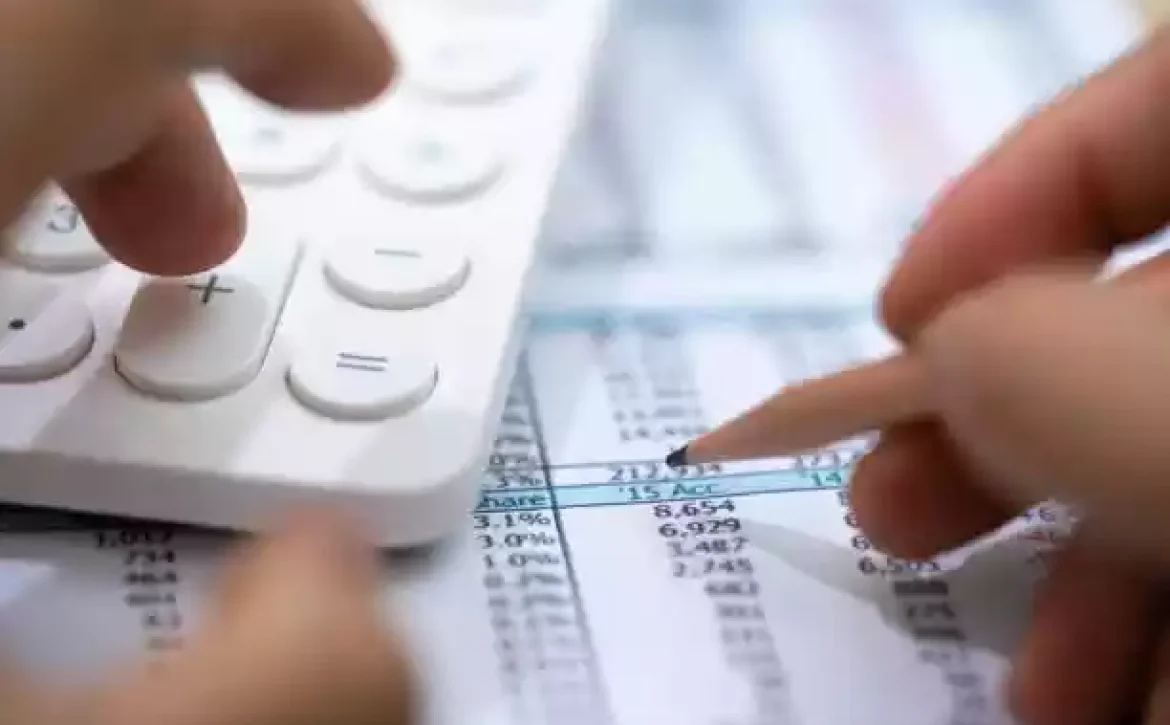
322 Views
WASSCE: ACCOUNTING -THEORY-2009-Q1-Q4
(i) Bank account
A bank account is an arrangement between a customer and a bank where the customer deposits money and can withdraw it when needed.
It is used to keep money safe and to make payments easily using cheques, bank transfers, or ATM cards.
(ii) Bank reconciliation statement
A bank reconciliation statement is a document prepared by a business to match the balance in its cashbook with the balance on the bank statement.
It shows reasons for any differences and helps to correct errors in the records.
(b) State four reasons for disagreement between a bank statement balance and cashbook balance
1. Cheques issued but not yet presented at the bank.
2. Deposits made but not yet recorded by the bank.
3. Bank charges not recorded in the cashbook.
4. Direct payments or receipts by the bank not yet entered in the cashbook.
2. Explain the following:
(a) Partner’s current account
A partner’s current account is used to record transactions between the partner and the partnership business that are not capital.
It includes drawings, interest on capital, interest on drawings, salary, and share of profit or loss.
(b) Partnership appropriation account
The partnership appropriation account is prepared to share the net profit or loss of the business among the partners.
It shows interest on capital, partner’s salaries, interest on drawings, and the final share of profit or loss.
(c) Limited partners
Limited partners are partners whose liability is limited to the amount they contributed to the business.
They do not take part in the daily running of the business.
3. (a) State four differences between hardware and software in electronic data processing
html
| Hardware | Software |
|---|---|
| Physical parts of a computer | Programs and instructions |
| Can be touched | Cannot be touched |
| Examples: keyboard, monitor | Examples: Microsoft Word, antivirus |
| Needs software to function | Needs hardware to be used |
(b) Outline four functions of the central processing unit (CPU)
1. It controls all activities of the computer.
2. It processes data and turns it into useful information.
3. It stores temporary data and instructions for processing.
4. It performs arithmetic and logical operations.
4. (a) Explain the term depreciation**
Depreciation is the reduction in value of a fixed asset over time due to wear and tear, usage, or becoming outdated.
(b) List three methods of providing for depreciation
1. Straight line method
2. Reducing balance method
3. Revaluation method
(c) State three reasons for making provision for depreciation
1. To know the true value of assets in the business.
2. To show correct profit or loss at the end of the year.
3. To provide money for replacing the asset when it is no longer useful.



